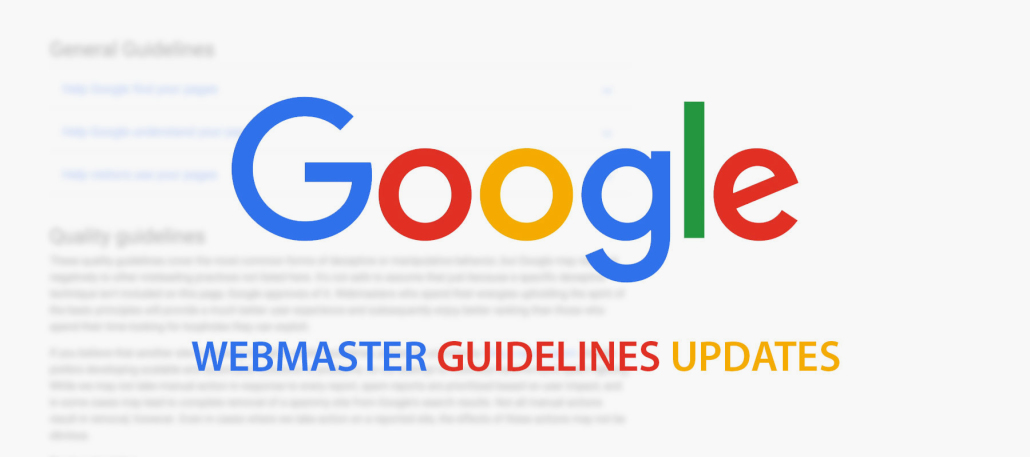How Does Google Determine Your Local Search Ranking?

Google has just launched an update that changes the way it determines the local search ranking for your business.
In a positive recent trend, Google has started to become more transparent with it’s algorithm and by outlining the key ranking factors for local search results.
Google officially announced “Prominence” as a new local SEO ranking signal. Google updated their official Google My Business help page which provides details on how to improve the local rankings for your business.
The Google My Business help page includes suggestions on ensuring your business information is accurate (category, phone numbers and physical address), verifying all of the locations your business operates from, ensuring your hours of operation are accurate and handling your customer reviews appropriately.
Also listed are several ways Google uses to determine the local ranking for your business.
How Google Determines Your Local Search Ranking
Relevance
How well does your local listing match what someone is searching for? This is why your business information should always be fully detailed and accurate.
Distance
How close are you to the person searching for a particular term? Bear in mind that relevance will be the stronger signal. If a business is further away from a searcher’s location, but is more likely to have what they’re looking for than a business that’s closer, Google will rank it higher in local results.
It’s important to note that if a user hasn’t specified a location, Google will attempt to calculate the user’s distance based on any information it has about their current location.
And the most recent addition..
Prominence
Which is essentially how reputable your business is.
Here is a direct quote from Google on ‘Prominence’.
Some places are more prominent in the offline world, and search results try to reflect this in local ranking. For example, famous museums, landmark hotels, or well-known store brands that are familiar to many people are also likely to be prominent in local search results.
Prominence is also based on information that Google has about a business from across the web (like links, articles, and directories). Google review count and score are factored into local search ranking: more reviews and positive ratings will probably improve a business’s local ranking.
Your position in web results is also a factor, so SEO best practices also apply to local search optimization.
Your business’s overall organic search presence is a ranking factor when it comes to local.
This means all of the standard SEO practices you’re currently incorporating into your SEO strategy to improve rankings (on or off page) should apply to local rankings as well.
Customer reviews
It’s also worth mentioning that Google has officially confirmed that customer reviews and ratings are both ranking factors that are used for determining your local search ranking.
This has been commonly assumed to be true amongst Search Engine Marketers for a long time but it’s nice to see Google has officially confirmed it.
Summary
Ensure your Google My Business information is complete and accurate, encourage customers that have had a positive experience with your business to leave reviews and follow standard SEO practices to help your business outrank your competitors locally.




